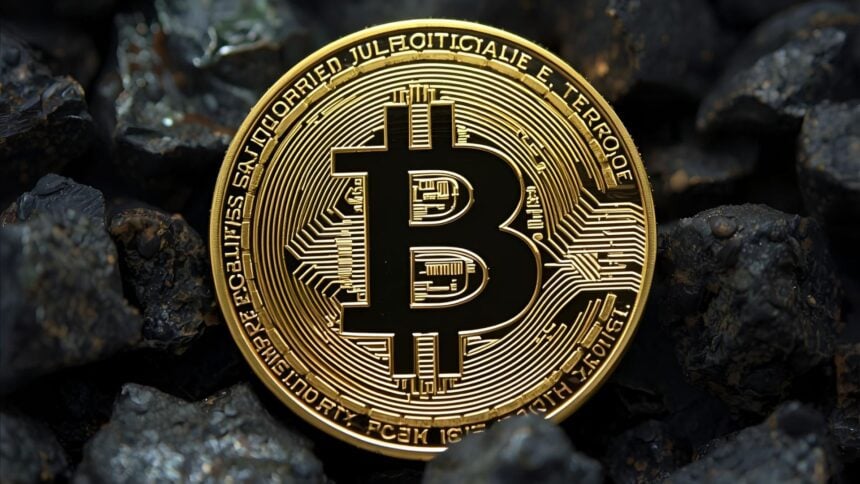China’s latest curbs on rare-earth exports are rippling through global supply chains just as Washington threatens steeper tariffs on Chinese goods, a one-two punch that has injected new volatility into stocks, commodities, and crypto.
Beijing formalized stricter licensing for certain rare-earth items and related technologies on Oct. 9, with officials describing the move as consistent with “international practice.”
Analysts say the measures raise the bar for shipments containing Chinese-origin materials or know-how and could slow approvals even for civilian end uses.
At the same time, President Donald Trump has warned he could impose a 100% levy on Chinese imports as soon as Nov. 1 unless Beijing rolls back those controls.
He acknowledged the number is “not sustainable,” but said the threat is intended to force a deal. The rhetoric, along with a fragile banking tape, has kept investors on edge after sharp swings over the past week.
China dominates processing and magnet-making capacity used in everything from smartphones to electric vehicles and guided missiles.
Any additional friction at customs or in licensing can lengthen lead times, raise costs, and complicate just-in-time manufacturing.
U.S.-listed suppliers and industrials have traded on the headlines, while traders toggled between defense and relief as negotiators flagged plans to meet next week.
Stocks swung between losses and gains as tariff talk and rare-earth headlines collided with ongoing jitters in regional banks.
After a steep drop earlier in the week, Wall Street stabilized into the Friday close, though the path has been choppy since the tariff threat first hit tape. Global bank shares also skidded at points as credit concerns resurfaced.
The push and pull underscores how quickly sentiment can flip from momentum to caution, even a month after the Nasdaq hits new all-time high.
The rare-earth squeeze lands just as manufacturers were rebuilding inventories.
Beijing’s new notices reference a transition period and humanitarian carve-outs, but the licensing bar is higher and enforcement appears tighter than in past cycles.
That combination has lifted uncertainty premiums across the complex and revived talk of costly redundancy.
Leveraged positions were flushed again in recent sessions, with liquidation trackers showing totals ranging from roughly $400 million to more than $1.2 billion over rolling 24-hour windows as prices buckled, while intraday bursts reached the hundreds of millions during the Oct. 10 cascade.
The dispersion reflects different look-back periods, exchange coverage, and reporting delays across venues.
Adding fuel, a trader on the Hyperliquid perpetuals exchange who reportedly made about $192 million during last week’s break has reloaded a large bearish bet.
On-chain trackers and market media pegged the new position near $500 million notional, with 10x leverage and a liquidation level well above spot.
That wager has become a focal point for a market still de-leveraging and debating whether the tariff risk is a blip or a regime change.
Policy risk is dictating tape action across asset classes, and supply-chain policy is now moving prices as much as macro data.
Gold’s earlier surge and the bid for defense-linked names echo patterns we covered when Sprott launches an active metals and miners fund, even as crypto’s risk appetite looks a world away from September’s altcoin rally heats up.
If rare-earth licenses take longer and tariff rates jump, margin guidance and capex plans will need a second look ahead of Q4.
Treasury Secretary Scott Bessent and Chinese Vice Premier He Lifeng aim to meet in Asia in the coming days, and traders will parse any sign that export curbs might be softened or deadlines pushed.
Until then, volatility remains the base case, and markets are trading the headlines in real time.




















